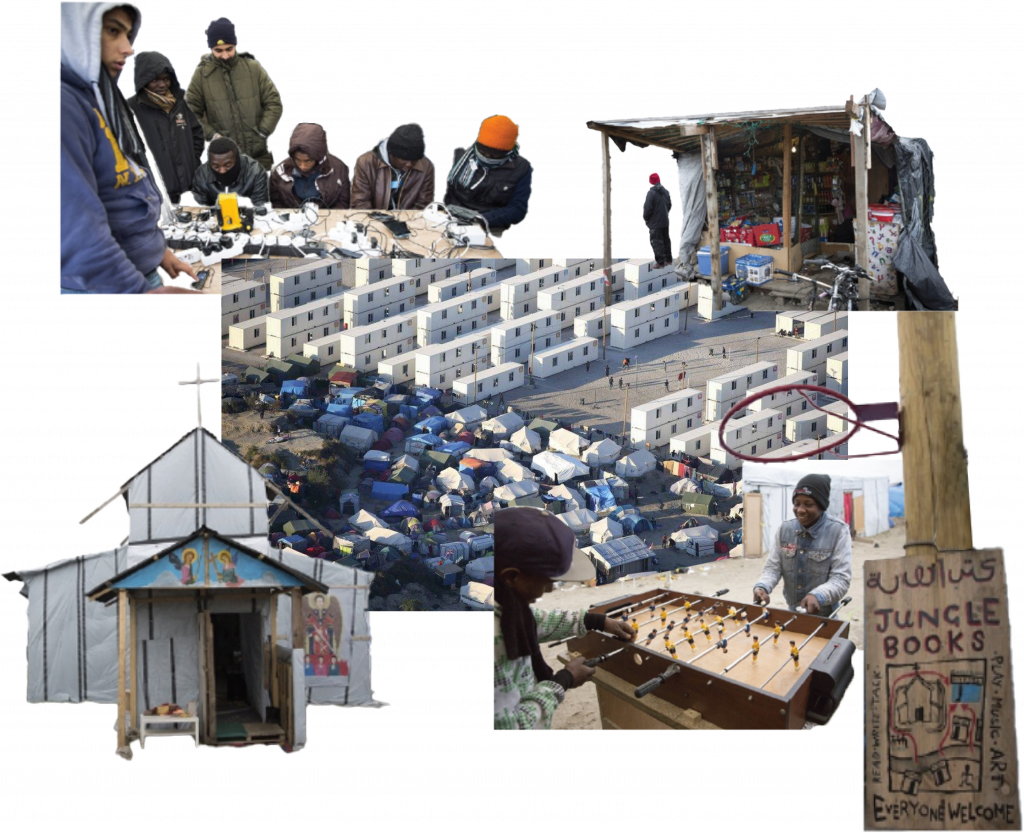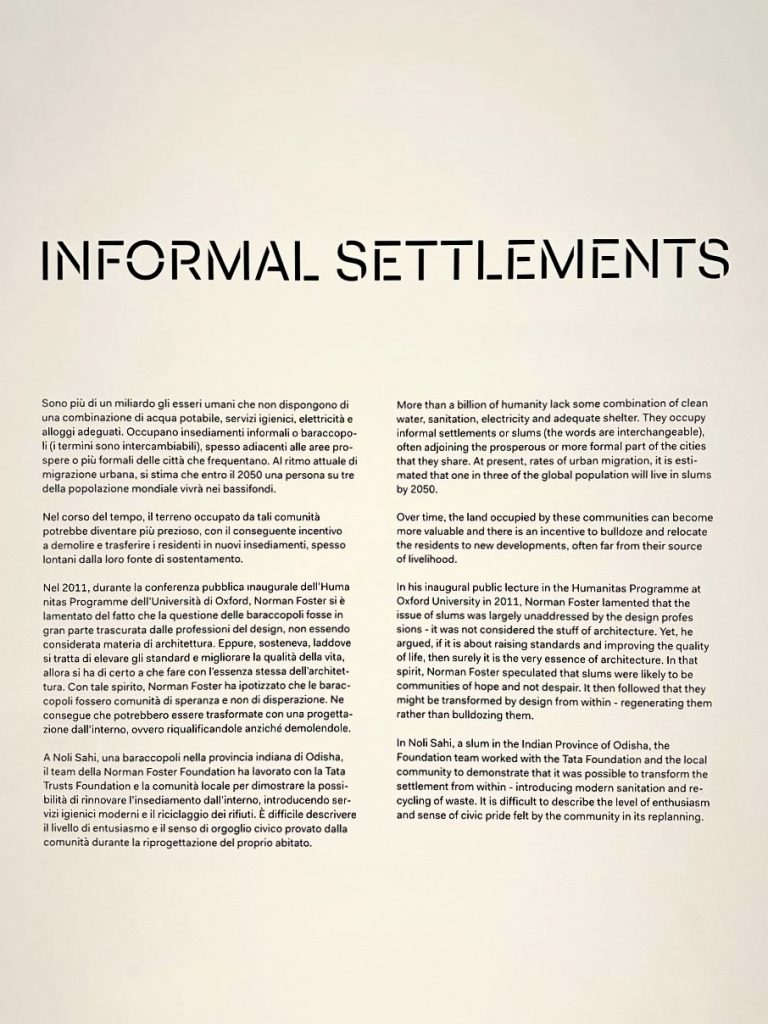
Reflections on Exploitation and Informality
How does the informal shape the formal?
Published in October 2025
While working on the Urbinary podcast’s second episode about Caporalato, the shadow system of illegal labor brokerage in agriculture, I found myself reflecting not only on the economic and political mechanisms of exploitation, but also on their spatial manifestations. The episode itself already engages with questions of space, focusing on the tension between temporality and permanence in the environments where migrant workers live and work. Building on these reflections, I wanted to extend the conversation from the perspective of an architect: how do such systems materialize in the built environment? What kinds of housing forms, settlements, and urban or non-urban landscapes emerge around these economies of exploitation? From this shift in focus, the inquiry moves beyond the labor system itself to the places it silently produces, informal geographies where migrant life unfolds.
#Informality #SurvivalUrbanism #Invisibility


This reflection compares two such sites: Borgo Mezzanone in Southern Italy and the former Calais Jungle in Northern France. Though different in visibility and context, both emerged from similar conditions: neglect, displacement, and economic necessity. Neither was planned by architects, yet both became spaces of architecture. Their materials, rhythms, and social configurations show how formality can grow from informality, and how architecture can arise even where it is not “meant” to.
Territorial and Spatial Configurations
Borgo Mezzanone is a linear informal settlement located along a disused military strip in rural Puglia. Its geography is defined less by strategic positioning than by isolation: a corridor of detachment from nearby towns and infrastructures, tolerated yet overlooked. Expanding along the abandoned runway, its spatial identity is one of invisibility, a narrow strip with no central square, where clusters branch off perpendicularly and collective life gathers only around small shops or improvised community areas (fig. 1).
The Calais Jungle (2014–2016), by contrast, grew in the shadow of infrastructure, on the threshold between city and border. Its location was defined not by distance but by proximity: to highways, the port, and the Channel Tunnel. This liminal geography made it hyper-visible, entangled with European mobility. yet politically fragile. Organically structured, it developed clustered paths and small squares that generated a polycentric village-like fabric (fig. 2). Despite their differences, both sites became forms of urbanism: the Calais Jungle consolidated into a dense, self-organized village, while Borgo Mezzanone stretched into a fragmented corridor of repetition.


Materiality and Architectural Agency
In both cases, architecture emerged from what was available: tarps, plywood, scrap metal, fencing, and shipping pallets. Yet their architectural languages differ. In Calais, fragility became symbolic. From scattered tents grew cabins, schools, mosques, cafés, and even a library, spaces that carried memory, resilience, and belonging, transforming scarcity into a civic fabric (fig. 3). Borgo Mezzanone, by contrast, speaks a more utilitarian and fragmented language. Its structures, assembled from industrial leftovers or the skeletons of abandoned military buildings, rarely acquire symbolic meaning; they remain provisional yet enduring, telling not of memory but of waiting (fig. 4).


Visibility and Erasure
Visibility did not guarantee protection. The Jungle was mapped, mediated, and politicized, yet never formally recognized. Its demolition in 2016 and the rebranding of the site as a “re-naturalized” coastal zone illustrate how the state reasserts control through erasure, masking informal urbanism under the guise of wilderness (fig. 5). Borgo Mezzanone, on the other hand, persists in semi-tolerated invisibility: peripheral, unacknowledged, and almost absent from official cartographies. If Calais reached peaks of hyper-visibility before erasure, Borgo lingers in a low but stable state of invisibility (fig. 6).
Both settlements exist between categories: not fully illegal, not fully urban, but deeply architectural. They reveal how informal urbanisms generate their own orders, infrastructures, and forms of community precisely where presence is denied. To rethink urbanism is not to legalize the informal, but to recognize that the city does not begin with legality – it begins with life.



Conclusion
Borgo Mezzanone and the Calais Jungle remind us that architecture can emerge without architects, and urban life without formal planning. These places were not planned, but they were built. They are organized not by zoning laws, but by memory, proximity, and daily repetition. As architects, our role may not be to formalize such places, but to learn from them. Projects such as the one led by Norman Foster in Noli Sahi, India (fig. 7 – 9), demonstrate this possibility: rather than demolish an informal settlement, the Foster Foundation worked with local communities to upgrade it from within, adding sanitation and waste systems without erasing the existing fabric. It was not about replacement, but about dignity.
These places are not voids. They are full of memory, invention, survival, and fragile permanence. To notice them is to acknowledge the intelligence embedded in the informal, and to understand that urbanism is already happening, even when it is denied.